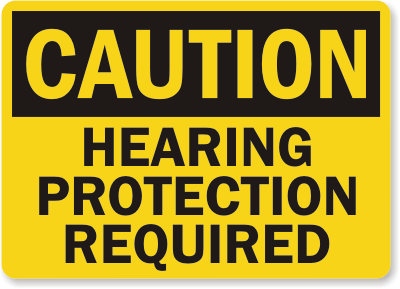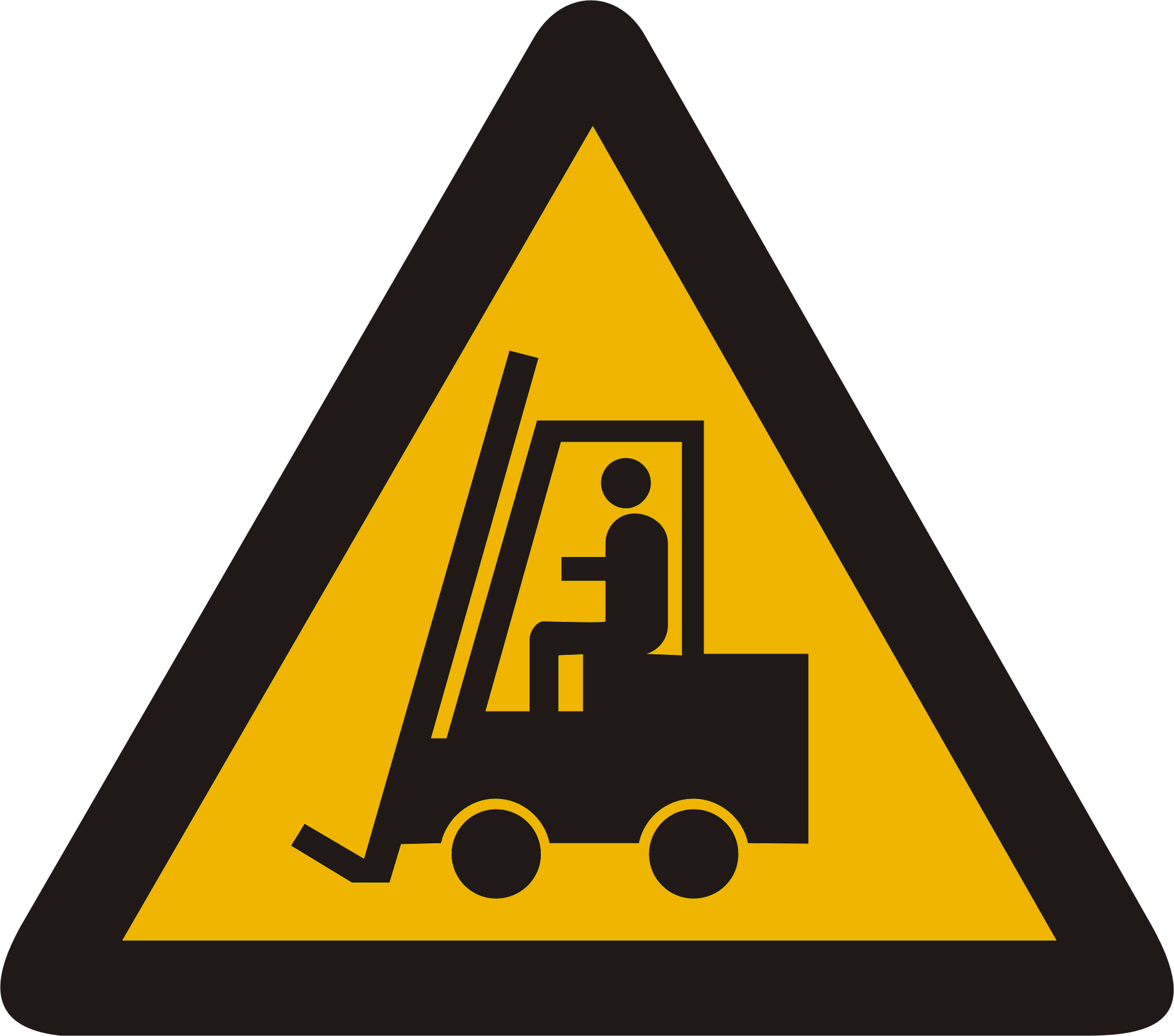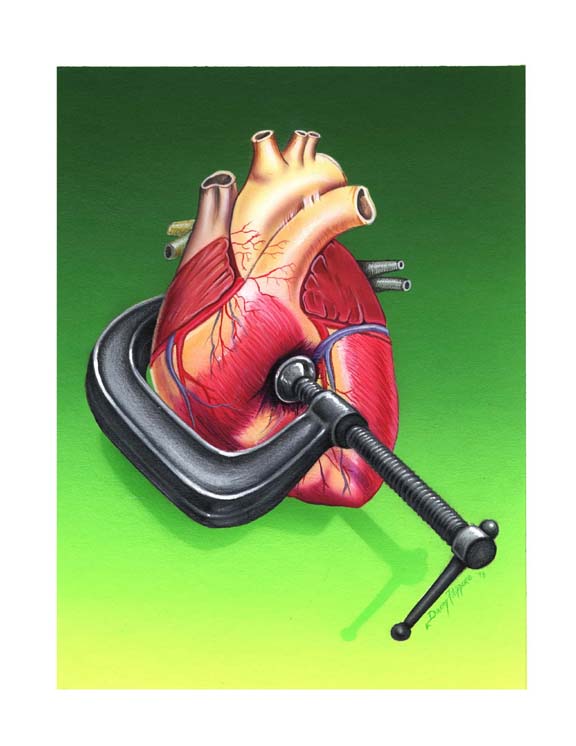 Needlestick and other sharps injuries are a serious hazard in any healthcare setting. Contact with contaminated needles, scalpels, broken glass, and other sharps may expose healthcare workers to blood that contains pathogens which pose a grave, potentially lethal risk.
Needlestick and other sharps injuries are a serious hazard in any healthcare setting. Contact with contaminated needles, scalpels, broken glass, and other sharps may expose healthcare workers to blood that contains pathogens which pose a grave, potentially lethal risk.
Category: Human Resources
Noise and Hearing Loss Prevention
 Occupational hearing loss is the most common work-related injury in the United States. Approximately 22 million U.S. workers exposed to hazardous noise levels at work, and an additional 9 million exposed to ototoxic chemicals. An estimated $242 million is spent annually on worker’s compensation for hearing loss disability.
Occupational hearing loss is the most common work-related injury in the United States. Approximately 22 million U.S. workers exposed to hazardous noise levels at work, and an additional 9 million exposed to ototoxic chemicals. An estimated $242 million is spent annually on worker’s compensation for hearing loss disability.
via CDC – Noise and Hearing Loss Prevention – NIOSH Workplace Safety and Health Topic.
The Dangers of Distracted Driving
Distracted driving is any activity that could divert a person’s attention away from the primary task of driving. All distractions endanger driver, passenger, and bystander safety. These types of distractions include:
- Texting
- Using a cell phone or smartphone
- Eating and drinking
- Talking to passengers
- Grooming
- Reading, including maps
- Using a navigation system
- Watching a video
- Adjusting a radio, CD player, or MP3 player
But, because text messaging requires visual, manual, and cognitive attention from the driver, it is by far the most alarming distraction.
via Distracted Driving | Facts and Stats | Texting and Driving.
Hazards of Powered Industrial Trucks
 What are the hazards associated with operating powered industrial trucks?
What are the hazards associated with operating powered industrial trucks?
There are many types of powered industrial trucks. Each type presents different operating hazards. For example, a sit-down, counterbalanced high-lift rider truck is more likely than a motorized hand truck to be involved in a falling load accident because the sit-down rider truck can lift a load much higher than a hand truck. Workplace type and conditions are also factors in hazards commonly associated with powered industrial trucks. For example, retail establishments often face greater challenges than other worksites in maintaining pedestrian safety. Beyond that, many workers can also be injured when:
- lift trucks are inadvertently driven off loading docks
- lifts fall between docks and an unsecured trailer
- they are struck by a lift truck
- they fall while on elevated pallets and tines.
Young Workers – Tips to Stay Safe at Work
 Workplace injuries are preventable. Here are a few tips to help you stay safe at work.
Workplace injuries are preventable. Here are a few tips to help you stay safe at work.
- If you are asked to do a task that you think is unsafe – you have the right to say NO and refuse to do the work.
- Get some training and learn how to identify hazards, manage risks and do the job safely before you start.
- Ask your supervisor to watch and check that you are doing the job the right way.
- Speak up and let supervisors know if you think a task is too dangerous or difficult for you.
- Ask questions and check with supervisors and co-workers when you aren’t sure or can’t remember how to do a job safely.
- Learn what to do and where to get help in an emergency.
- Always follow the safety rules and procedures.
- Always wear any personal protective equipment provided by your employer.
- Report all injuries (minor or major), occupational health & safety incidents and near misses.
- Look out for and report hazards.
- Keep an eye on your co-workers, especially if they are new to the workplace and don’t know all the occupational health & safety issues.
- Try to get a good night’s rest before heading into work. Feeling tired can lead to dangerous mistakes.
- If you have a safety concern, talk with more experienced workers such as supervisors, co-workers or your family to get some advice.
Preventing Sexual Harassment in the Workplace
 Preventing sexual harassment in the workplace, though difficult, is critically important. Fortunately, federal and state courts that have wrestled with the complex issues present in sexual harassment litigation have identified three steps an organization should take to prevent sexual harassment as well as liability for incidents that may nevertheless occur.
Preventing sexual harassment in the workplace, though difficult, is critically important. Fortunately, federal and state courts that have wrestled with the complex issues present in sexual harassment litigation have identified three steps an organization should take to prevent sexual harassment as well as liability for incidents that may nevertheless occur.
Step 1—Develop a Written Sexual Harassment Policy and Procedures.
Step 2—Distribute the Sexual Harassment Policy.
Step 3—Educate the Workforce and Train Supervisors.
An organization that diligently takes these three steps will significantly reduce sexual harassment complaints and protect the organization from costly litigation.
via Risk Managers’ Forum—Preventing sexual harassment in the workplace 08/08.
Effect of Obesity on Workers Comp
 There is mounting evidence of obesity contributing to the cost of workers compensation. Longitudinal studies by Duke University of its own employees—and by Johns Hopkins University of employees of a multi-site U.S. aluminum manufacturing company—point to substantially higher odds of injury for workers in the highest obesity category. Further, a 2011 Gallup survey found that obese employees account for a disproportionately high number of missed workdays, thus causing a significant loss in economic output. Finally, earlier NCCI research of workers compensation claims found that claimants with a comorbidity code indicating obesity experience medical costs that are a multiple of what is observed for comparable non-obese claimants.
There is mounting evidence of obesity contributing to the cost of workers compensation. Longitudinal studies by Duke University of its own employees—and by Johns Hopkins University of employees of a multi-site U.S. aluminum manufacturing company—point to substantially higher odds of injury for workers in the highest obesity category. Further, a 2011 Gallup survey found that obese employees account for a disproportionately high number of missed workdays, thus causing a significant loss in economic output. Finally, earlier NCCI research of workers compensation claims found that claimants with a comorbidity code indicating obesity experience medical costs that are a multiple of what is observed for comparable non-obese claimants.
via NCCI Releases New Research on Indemnity Benefit Duration and Obesity.
Managing Human Capital Risk
 The potential for risk in human resources can negatively affect entire business organizations — yet only half of organizations say they have a formal plan to assess such risks. It’s up to HR leaders to better understand the risks and the potential costs they represent to the business.
The potential for risk in human resources can negatively affect entire business organizations — yet only half of organizations say they have a formal plan to assess such risks. It’s up to HR leaders to better understand the risks and the potential costs they represent to the business.
via Human Resource Executive Online – Managing Human Capital Risk.
Getting Blood Pressure Under Control
 High blood pressure is a major risk factor for heart disease and stroke, both of which are leading causes of death in the US. Nearly one-third of all American adults have high blood pressure and more than half of them don’t have it under control. Many with uncontrolled high blood pressure don’t know they have it. Millions are taking blood pressure medicines, but their blood pressure is still not under control. There are many missed opportunities for people with high blood pressure to gain control. Doctors, nurses and others in health care systems should identify and treat high blood pressure at every visit. Blood pressure control means having a systolic blood pressure less than 140 mmHg and a diastolic blood pressure less than 90 mmHg, among people with high blood pressure.
High blood pressure is a major risk factor for heart disease and stroke, both of which are leading causes of death in the US. Nearly one-third of all American adults have high blood pressure and more than half of them don’t have it under control. Many with uncontrolled high blood pressure don’t know they have it. Millions are taking blood pressure medicines, but their blood pressure is still not under control. There are many missed opportunities for people with high blood pressure to gain control. Doctors, nurses and others in health care systems should identify and treat high blood pressure at every visit. Blood pressure control means having a systolic blood pressure less than 140 mmHg and a diastolic blood pressure less than 90 mmHg, among people with high blood pressure.
Safety Committee Meeting Tips
 Health and Safety Committee meetings should be held regularly on a specific day and time and at least on a quarterly basis (i.e. the first Thursday of each month/quarter at 8:30 A.M.). New committees should consider meeting on a more frequent basis. When a meeting schedule is planned well in advance, the members are then in a better position to arrange for their attendance and prepare for discussion.
Health and Safety Committee meetings should be held regularly on a specific day and time and at least on a quarterly basis (i.e. the first Thursday of each month/quarter at 8:30 A.M.). New committees should consider meeting on a more frequent basis. When a meeting schedule is planned well in advance, the members are then in a better position to arrange for their attendance and prepare for discussion.
A typical Committee meeting should include:
- Review of unfinished items from the previous meeting(s) and/or activities.
- Status reports from any sub-committees.
- Discussion/review of safety inspection reports and the actions taken to correct observed hazards.
- Review of accident/incidents sustained since the previous meeting and a discussion of measures to prevent similar accidents and incidents.
- Review of the status of current action plans or training programs.
- Review of outstanding recommendations developed by outside loss control consultants and/or Department of Commerce health and safety compliance inspectors.
- Discussion about activities related to future action plans and/or training programs.
- Discussion about special activities such as health fairs.
- Discussion about new business, future agenda items, projects and meeting dates.

